Author: Presley
-
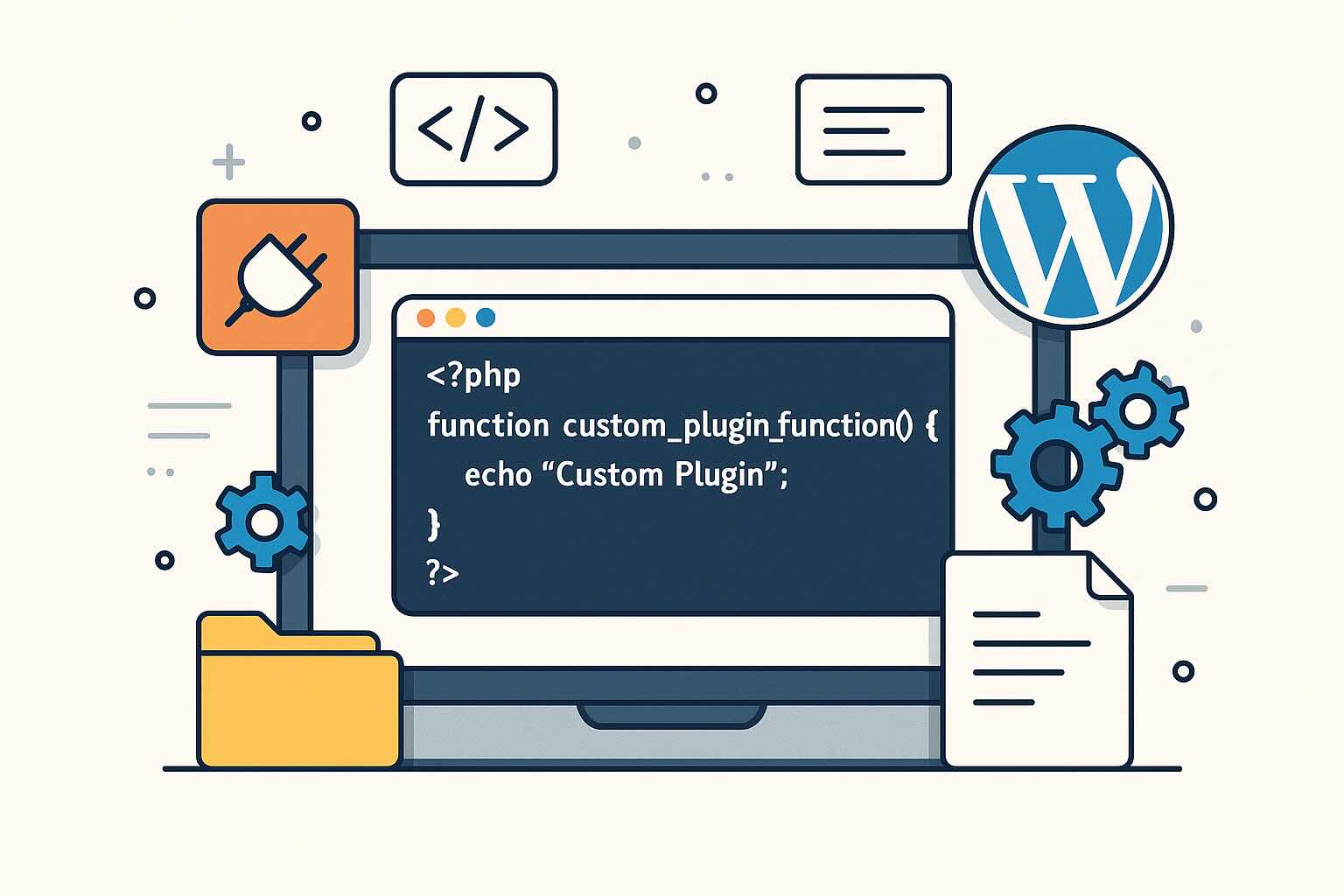
Building Custom WordPress Plugins: A Step-by-Step Beginner’s Guide
As WordPress continues to dominate the web, the demand for custom functionality grows ever stronger. Plugins are the foundation of WordPress extensibility, letting you add bespoke features to your site without touching core code. In this article, I’ll guide you through the essentials of building your own WordPress plugin — no experience necessary. Why Build…
-
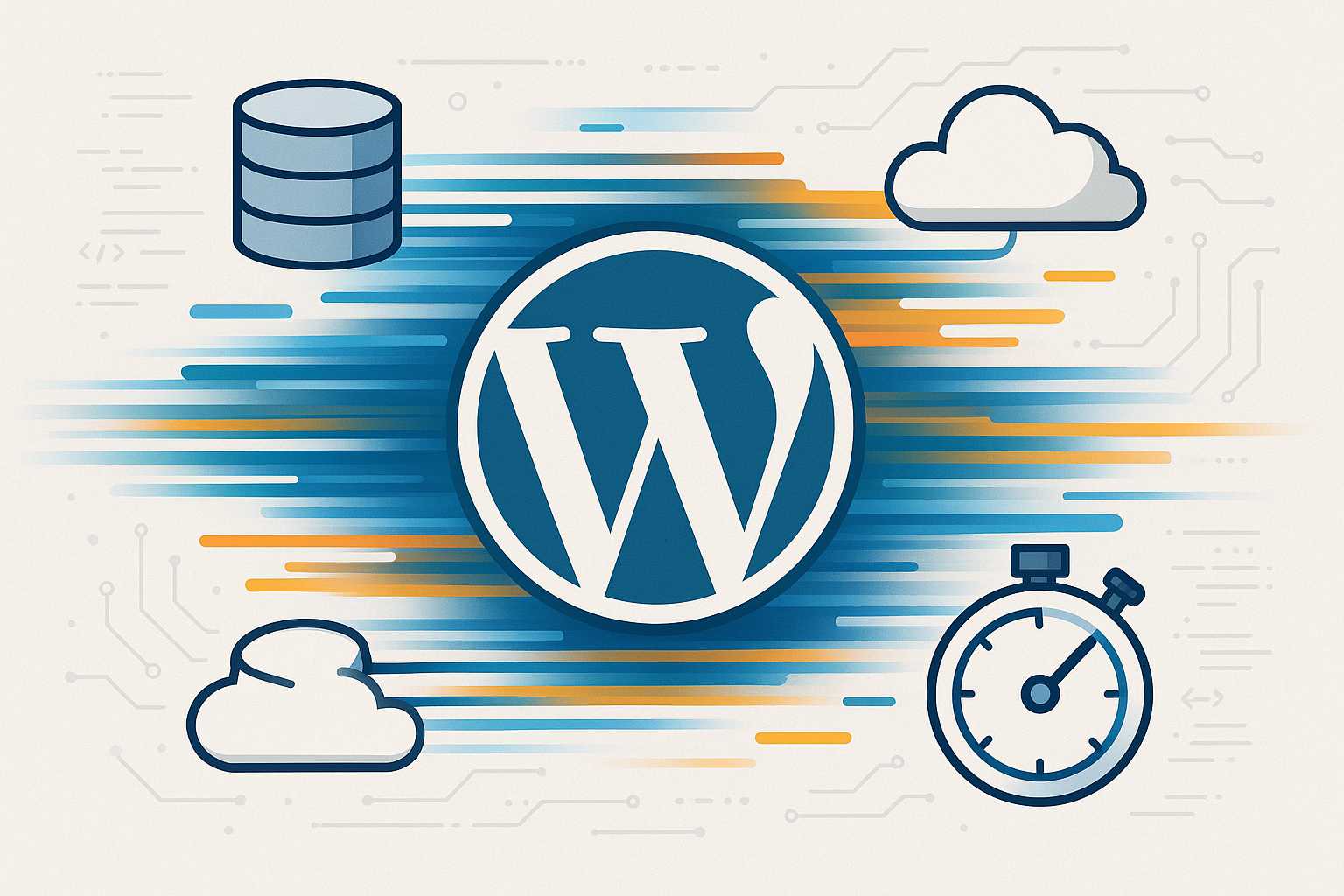
Understanding WordPress Transients: Caching for Performance and Scalability
Caching is the secret weapon behind high-performing WordPress sites. As a web developer and WordPress expert, I’ve seen countless projects dramatically improve simply by taking advantage of caching—both at the server and application levels. One often underutilized tool built right into WordPress core is the Transients API. In this article, we’ll demystify transients, explore when…
-

E-Commerce in WordPress: Selling Physical Goods and SaaS Products
WordPress is no longer just a platform for bloggers; it has evolved into a powerful tool for building fully functional e-commerce sites. Whether you want to sell shippable merchandise or digital SaaS products, WordPress provides the flexibility and extensibility to meet your needs. Selling Shippable Merchandise The most common scenario for e-commerce is selling physical…
-
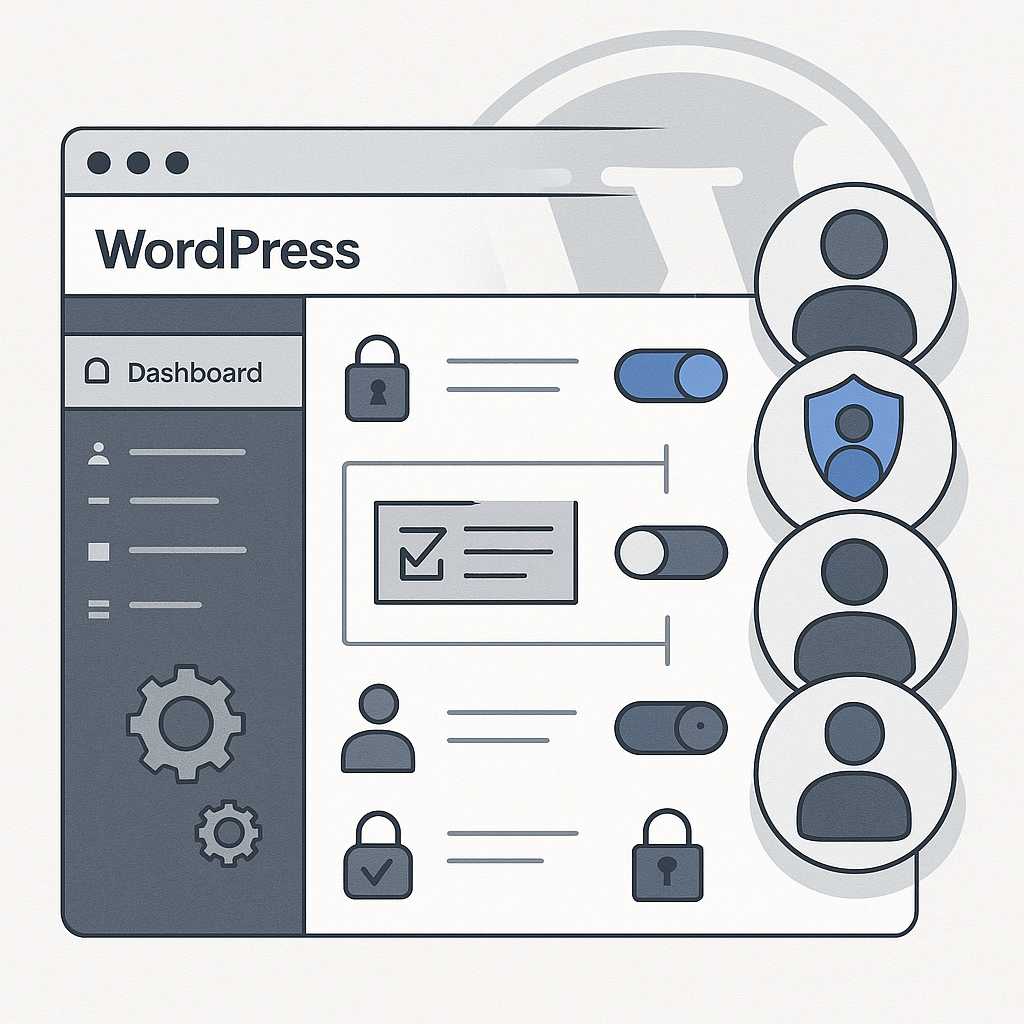
Mastering Advanced User Roles and Permissions in WordPress
As your WordPress site grows, managing user access becomes crucial—especially if you’re developing complex projects, running a membership site, or collaborating with a large team. While WordPress ships with user roles and capabilities out of the box, customizing these can give you powerful flexibility over who can do what on your site. Today, I’ll show…
-
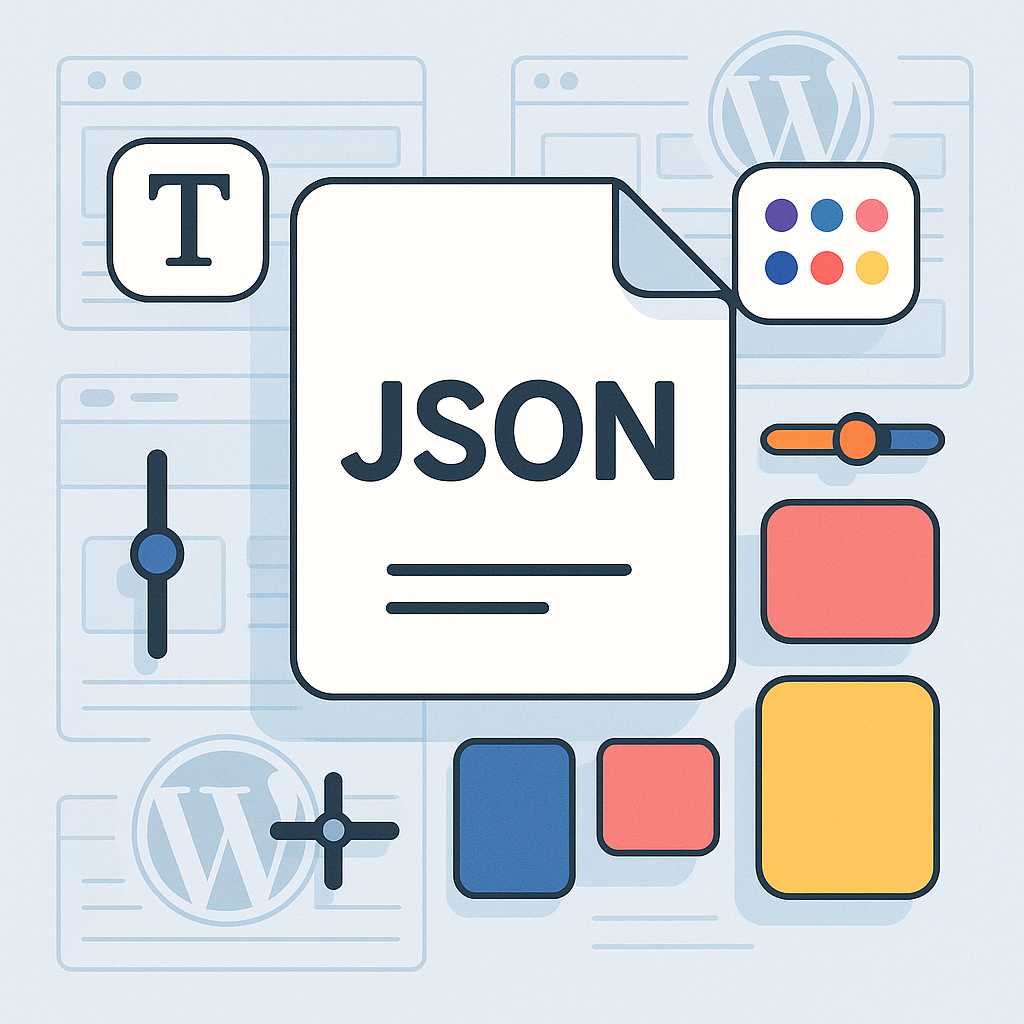
Understanding WordPress Theme JSON: Simplifying Site-Wide Customization
WordPress theme development has evolved rapidly with the advent of Full Site Editing (FSE) and block-based themes. One of the most powerful yet sometimes overlooked tools in this modern workflow is the theme.json file. If you’re looking to streamline and standardize the look, feel, and behavior of your WordPress sites or client projects, understanding theme.json…
-
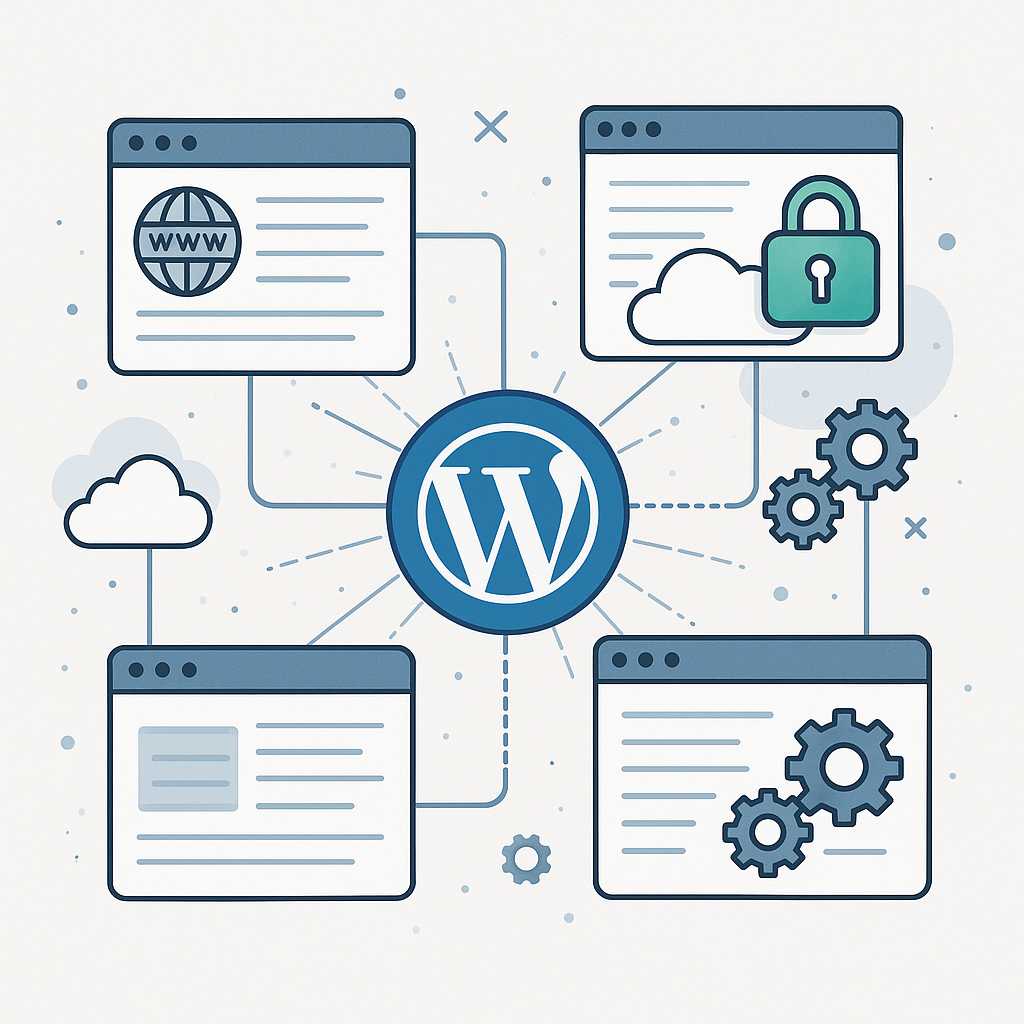
Troubleshooting Common Issues with WordPress Multisite Networks
WordPress Multisite is a powerful feature that allows you to create and manage a network of sites from a single WordPress installation. However, setting up and maintaining a Multisite network can introduce unique challenges not present with single-site installations. In this article, I’ll walk you through some of the most common issues faced with WordPress…
-
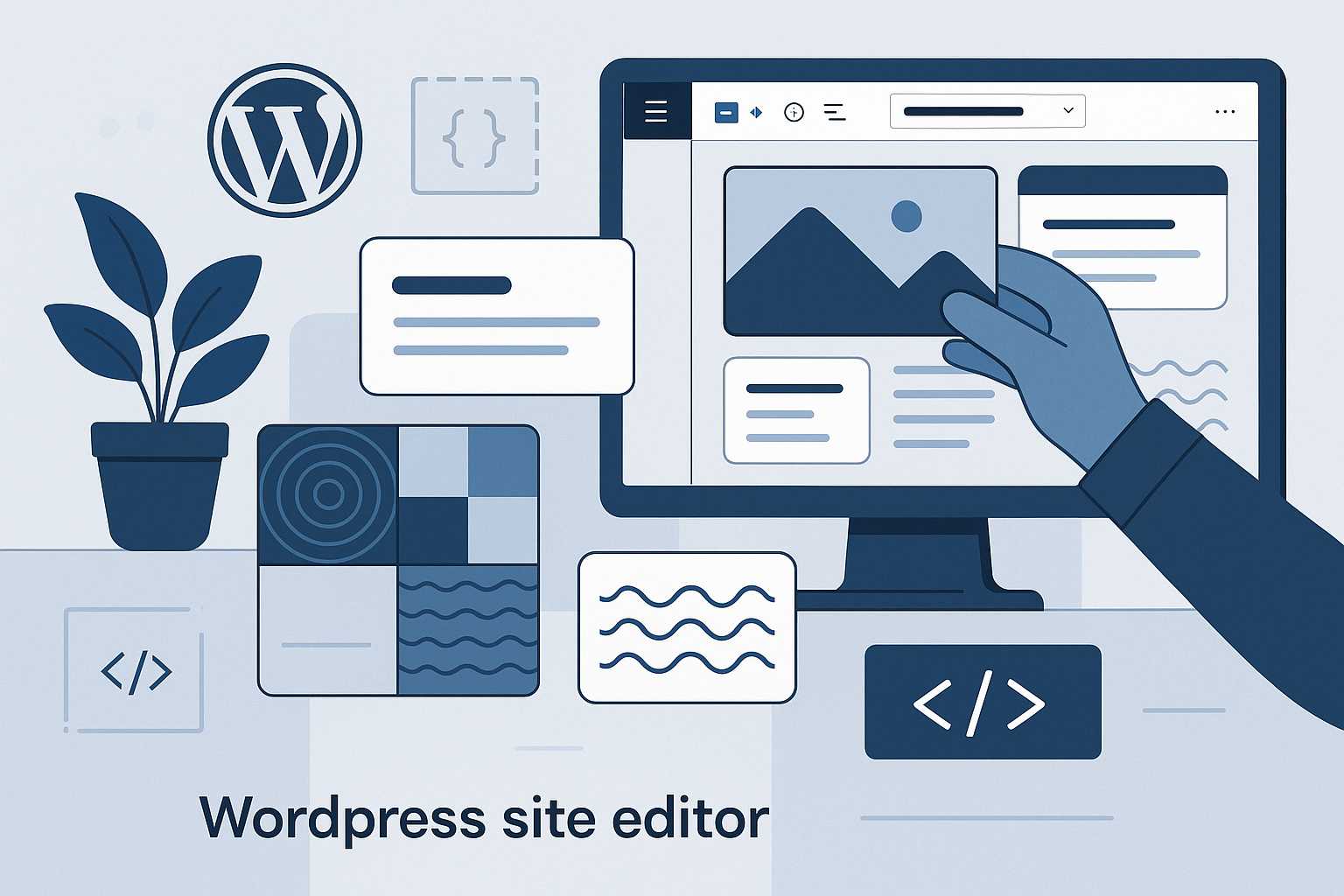
Implementing Reusable Patterns with WordPress Block Themes
With the advent of WordPress block themes and the site editor, the way we design and develop websites has fundamentally changed. As a WordPress developer, I’ve found that one of the most impactful features of block themes is the ability to create, manage, and reuse design patterns—modular sets of blocks that solve common layout and…
-
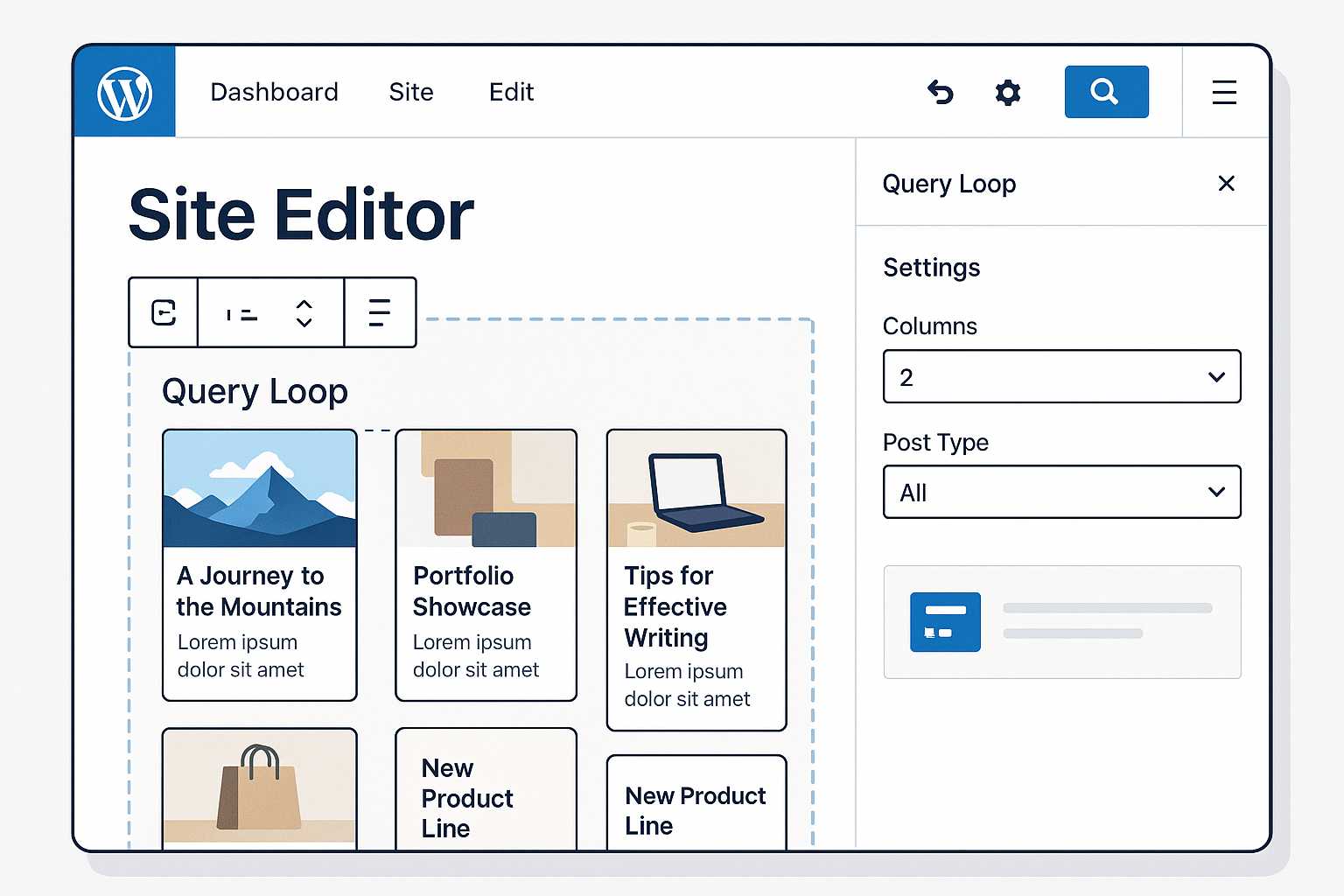
Leveraging Query Loops in WordPress Block Themes for Dynamic Content Display
Query Loops are a cornerstone feature in block themes, allowing site creators and developers to dynamically display posts, pages, or custom content directly within the WordPress Site Editor. As more sites migrate toward block-based architectures, understanding how to harness Query Loops has never been more critical for enriching content presentation and improving user engagement. In…
-
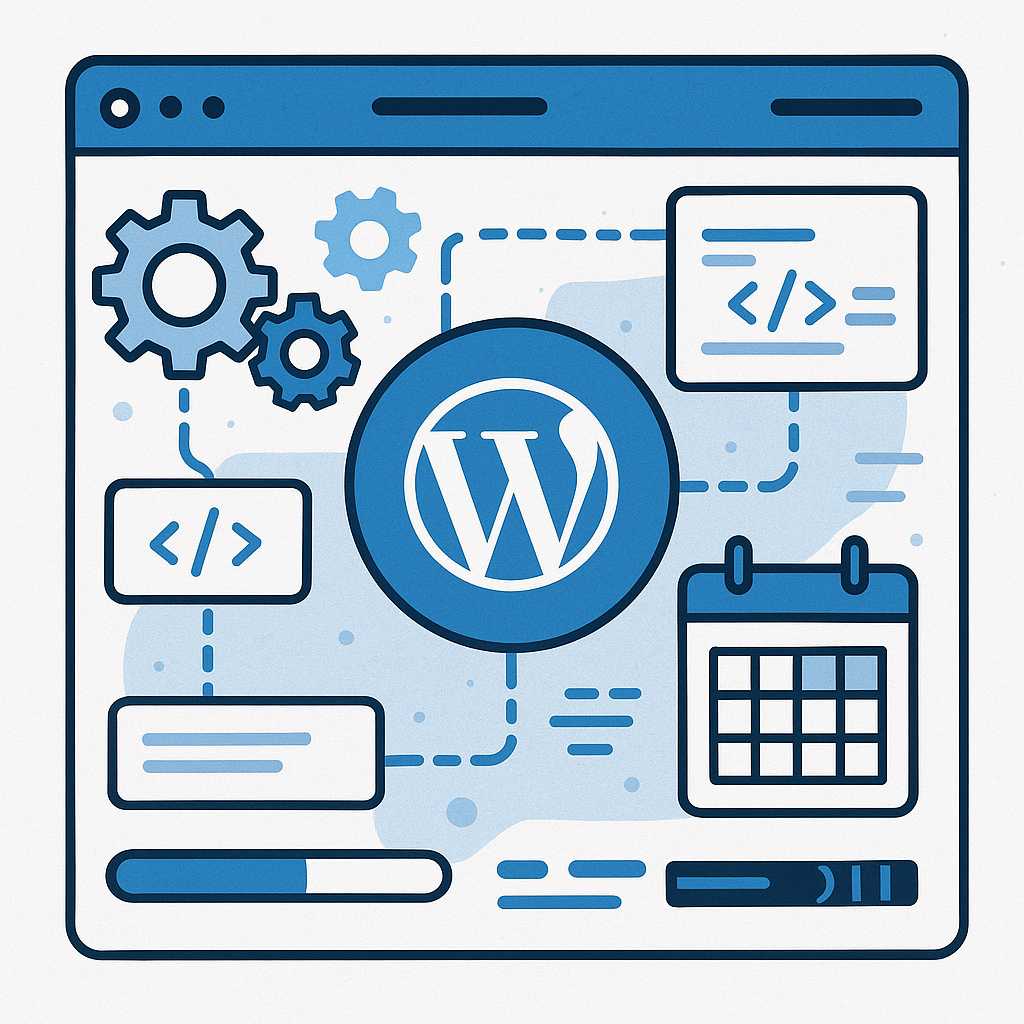
Integrating Automation in WordPress: A Guide to Action Scheduler
As WordPress grows from a simple blogging tool to a robust content management system powering dynamic sites, automation has become essential for developers aiming to optimize workflows and site interactivity. In this article, I’ll explore Action Scheduler—WordPress’s answer to reliable background processing—and show you how to leverage it for common automation tasks. What is Action…
-
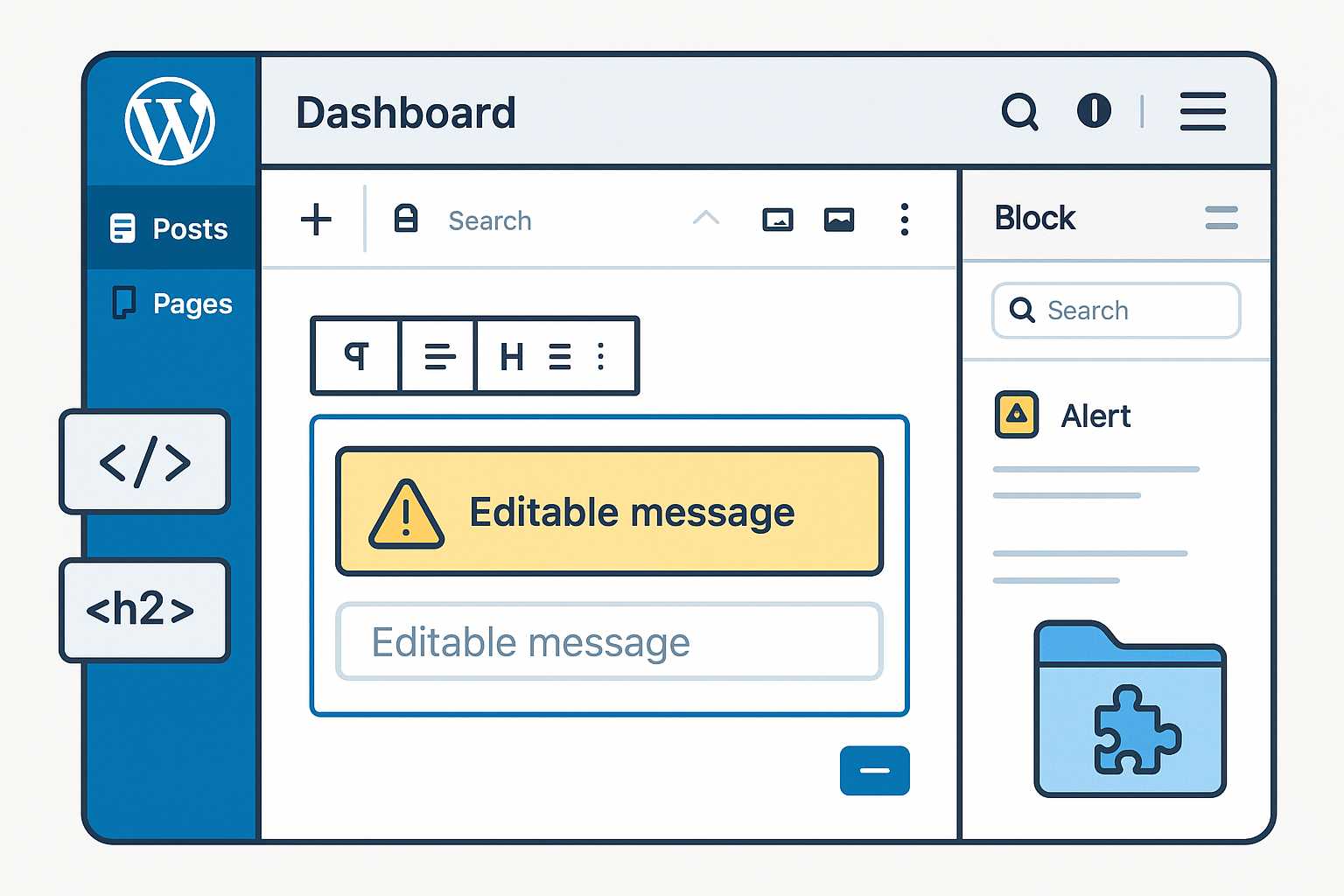
Building Custom Gutenberg Blocks: Elevate Your WordPress Editing Experience
Gutenberg, the block editor introduced to WordPress in version 5.0, fundamentally transformed how users create and manage content. While the default set of blocks covers most needs, there comes a point in every developer’s journey where custom blocks are essential for delivering unique functionality and on-brand designs. In this article, I’ll walk you through the…
